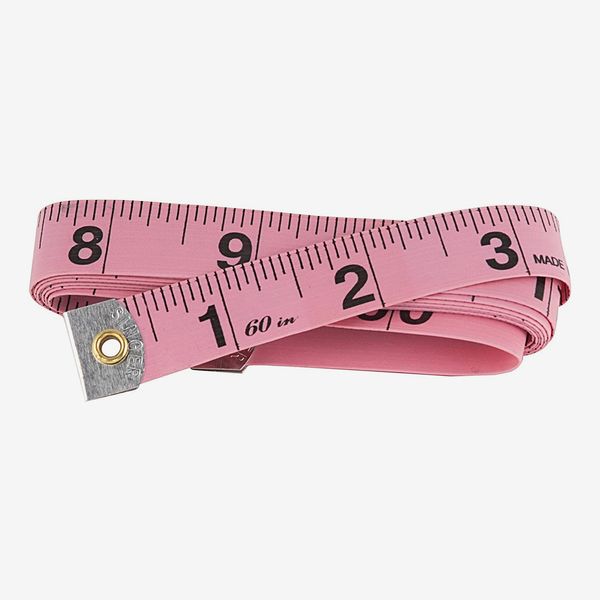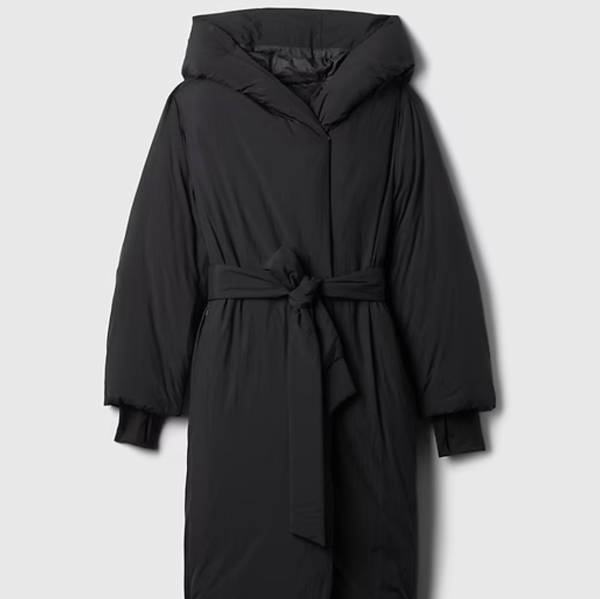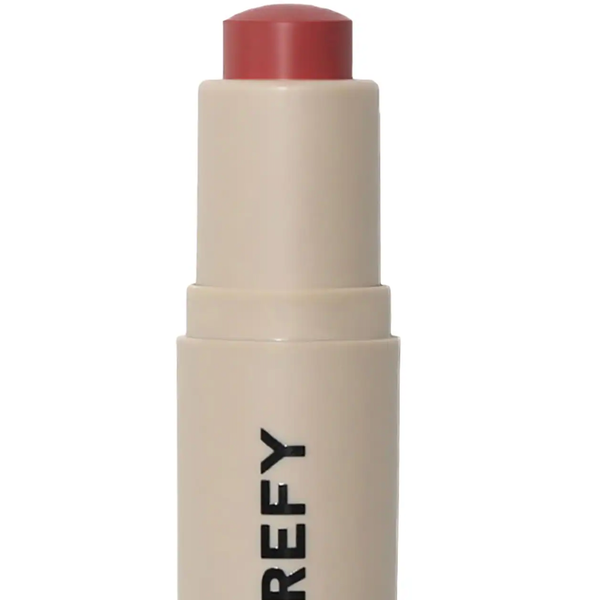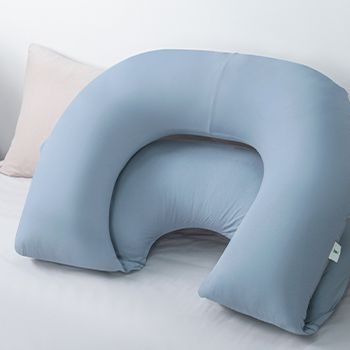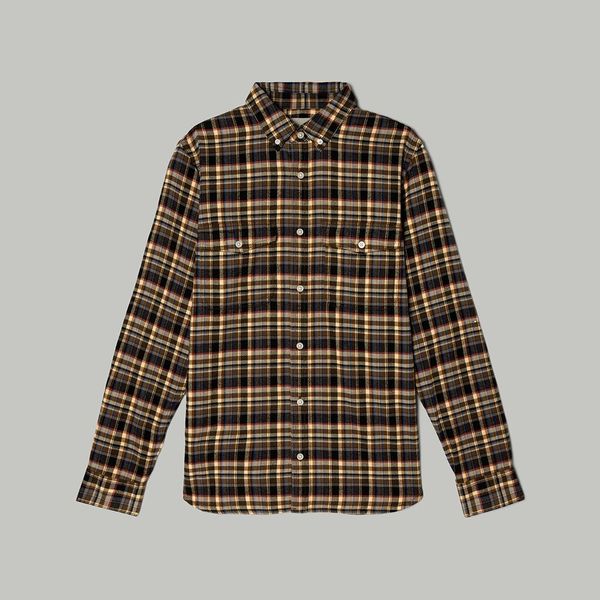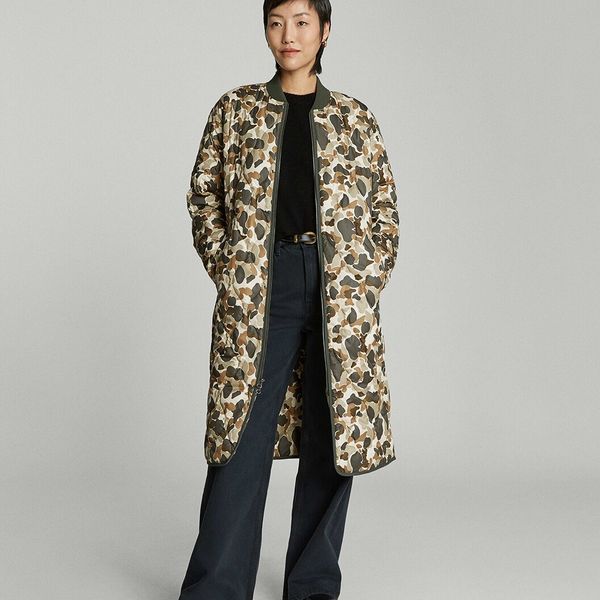
In 2018, I was shopping for an outfit for a magazine party, celebrating an issue I’d worked very hard on at a job I’d recently quit. I walked into Walk the West Vintage in Greenpoint, vaguely looking for a pair of pants to wear with a clown-chic Kahle top I’d bought at Café Forgot, and walked out with the best-fitting jeans I’ve ever owned. They are a pair of high-waisted, 100 percent cotton, union-made Lee’s that I still reach for over my other jeans some three years later. What these pants do for my butt makes me incredulous. Fresh out of the dryer, they are the crispest, most flattering pair of pants I own; after a day of wear, the fit is looser, good for running errands or doing DIY projects in my apartment.
I called Clotilde Testa, the owner of Walk the West (which has since relocated to Hudson, New York), to talk about the components of flattering butt fit and how to buy vintage pants that fit well online. Testa, a self-described “denim whisperer,” has been matching people with well-fitting vintage pants for a decade and has developed an encyclopedic knowledge of jean styles. When buying pants online, she says that it’s essential “to know your exact measurements,” specifically waist, hip, and rise.
There are two main ways to find your measurements: measuring a garment you already own that fits well and measuring yourself. Both work. For accuracy, I prefer measuring my own body, but if I’m trying to emulate a specific fit or taking a measurement that’s hard to get while standing still (like shoulder width or inseam), I’ll work from a garment. Either way, you’ll need tailor’s measuring tape, which you can find for about $3 on Amazon or at any craft store. I have never encountered one that was memorably good or memorably bad; the most important components are accuracy, readability, and a material that won’t stretch, typically vinyl-coated fiberglass.
If you’re measuring from a garment, lie it flat with no wrinkling or folding and measure across at the waistband, across the widest point of the hips, and from the center crotch seam (where the center butt seam meets the leg inseams) to the top of the waistband. Some sellers double waist and hip measurements: a pair of pants that measures 15 inches across at the waistband would fit a 30-inch waist, for example, and you may find it listed in either format. In most cases, it will be clear from context whether a number is doubled or not. When in doubt, you can message the seller to clarify.
If you’re measuring yourself, hold the tape even and taut but not tight — you’re simulating how a garment will fit, so if you pinch your waist with the measuring tape, the pants will pinch as well. In general, your waist measurement is the circumference of the area above your belly button where you aren’t hitting your ribcage if you wrap your hands around like a belt. Your hip measurement is the circumference of your butt, taken at the widest point, like the equator. Rise is easiest to measure on a garment you already have; if you’re looking for a high-waisted pair of jeans, the rise should hit about where you’re measuring your waist. You’ll be most accurate if you measure over skin or a thin layer, but there’s no need to get more precise than half an inch.
Testa also mentions pocket placement as a component of butt-flattering fit. “You want them sitting above the bum cheek and somewhat to the side,” she says. “Often those pockets are diamond-shaped.” Beyond measurements, consider what style will work best for both your body and your style. She recommends a Levi’s 560 for someone with a “tiny waist, bigger hips.” A Red Tab Wrangler jean “favors more curvy people,” but she also mentions that not everyone is looking for a tight fit. (I agree: One of my favorite pairs of vintage pants are Pendleton wool trousers that are fitted at the waist and are otherwise wide, almost baggy.) Some of these considerations will follow your measurements: If a certain style consistently matches your dimensions, it will probably look good.
Although it can take longer to wade through eBay links or Instagram bookmarks, this is the benefit of vintage: It is harder to feel like your body is the wrong size when you’re gazing into the vast expanse of pant history. Someone, at some point, has made pants that fit you, and more recently, someone has probably listed them online. “There’s definitely denim for absolutely anyone out there,” Testa says. And although “you don’t have multiple sizes with vintage,” the extra work of measuring each garment is worth it, she says. “You want to make sure that once they go through the trouble of measuring themselves, that they fit them perfectly.”
Testa mentioned Highway Robbery Vintage’s reworked jeans as a “perfect” fit — their jeans come in a wide range of waist and hip combinations, from 24 by 33 inches to 34 by 45 inches.
These blue workwear pants have adjustable waist tabs and can fit a 33- to 41-inch waist. Their hip measurement is 48 inches.
For a pair of aughts low-rise trousers, Testa recommends taking your waist measurement at the top of your hip bone, where the pants’ waistband will sit, rather than at your natural waist.
Levi’s also sells their jeans secondhand; you can filter by “made in USA” or “vintage” at their online store.
Strategist senior editor Simone Kitchens likes these Wranglers, which are 100 percent cotton and have a vintage fit. Their size guide includes waist and hip measurements.
The Strategist is designed to surface the most useful, expert recommendations for things to buy across the vast e-commerce landscape. Some of our latest conquests include the best acne treatments, rolling luggage, pillows for side sleepers, natural anxiety remedies, and bath towels. We update links when possible, but note that deals can expire and all prices are subject to change.

